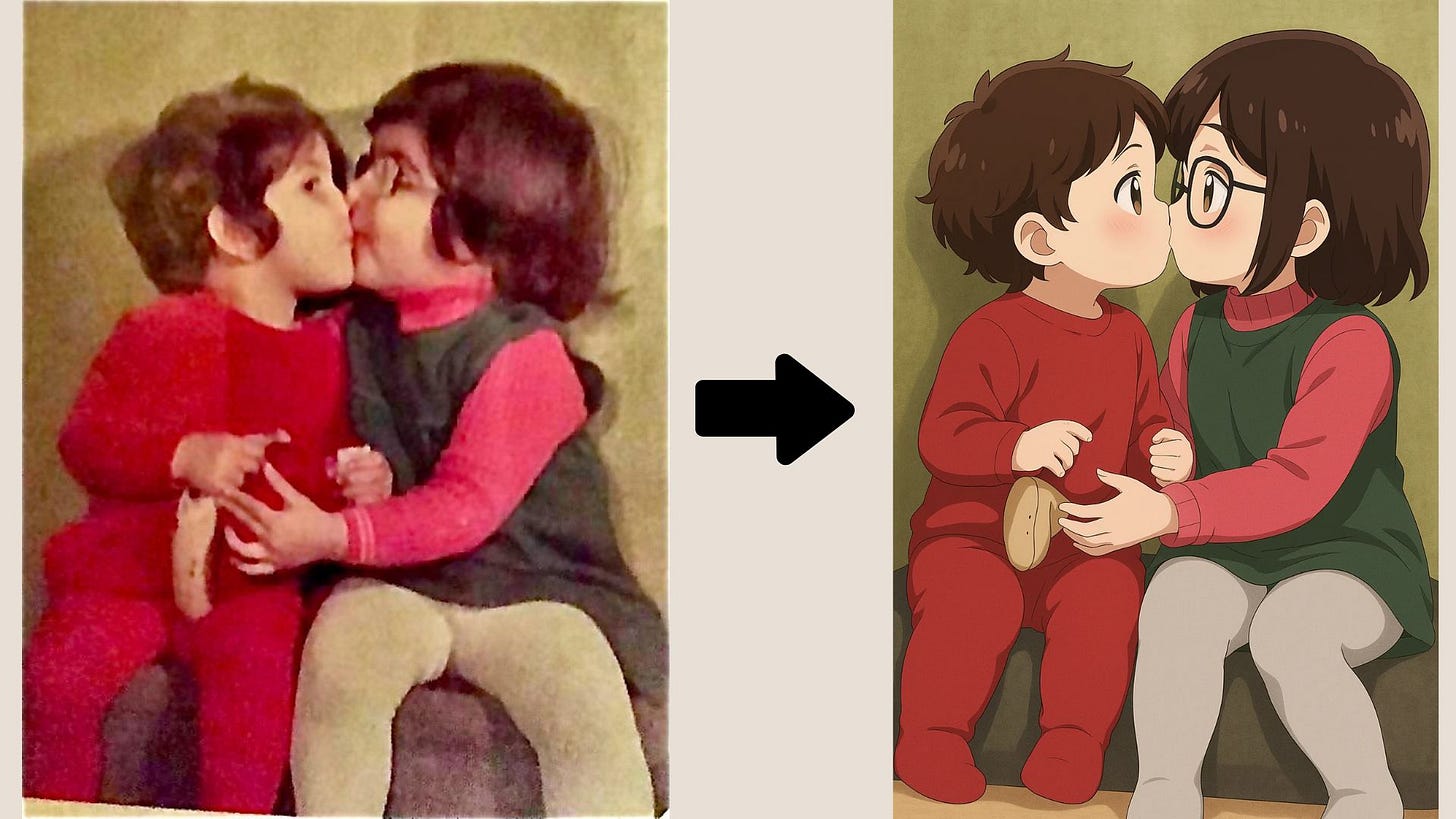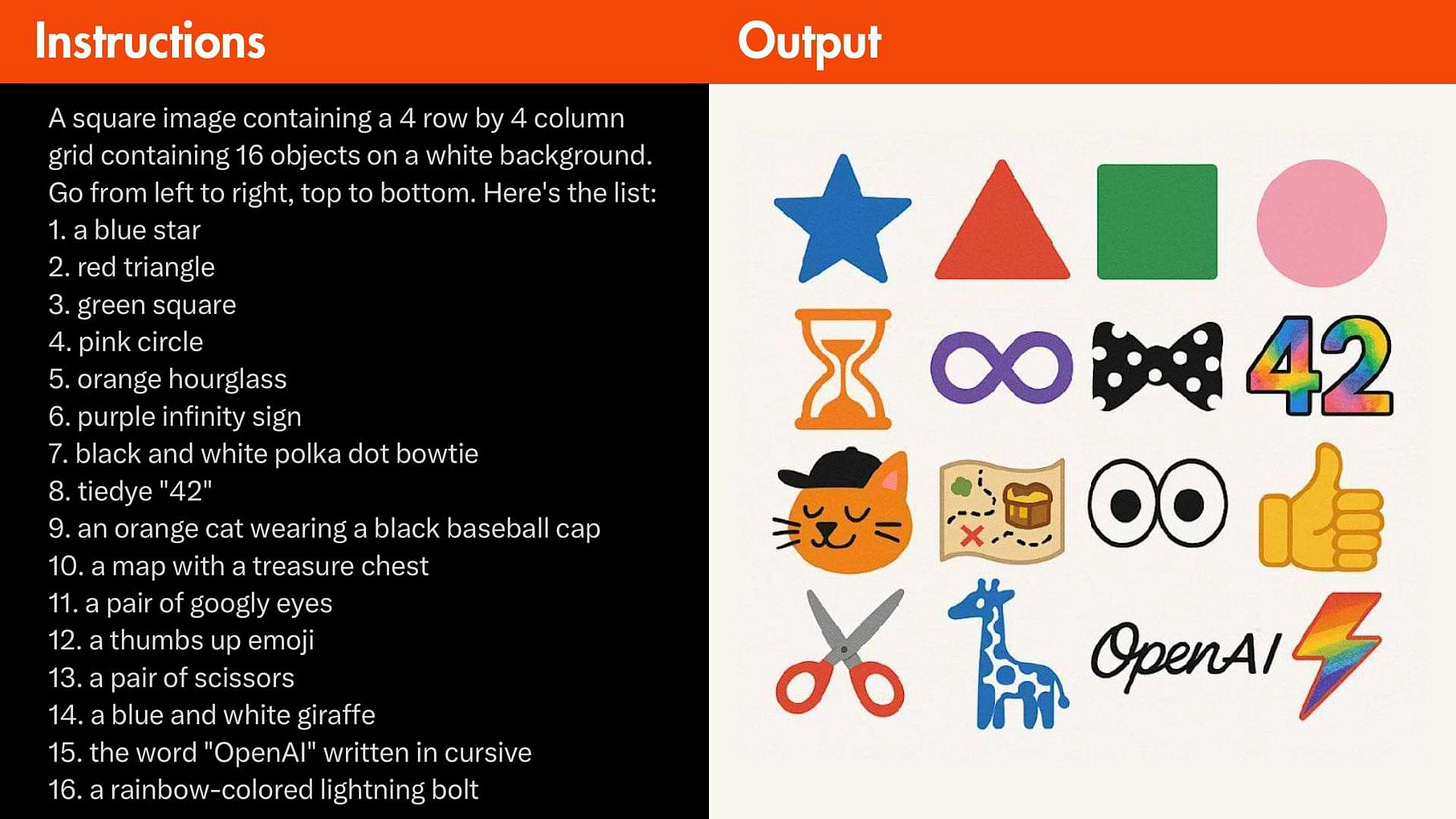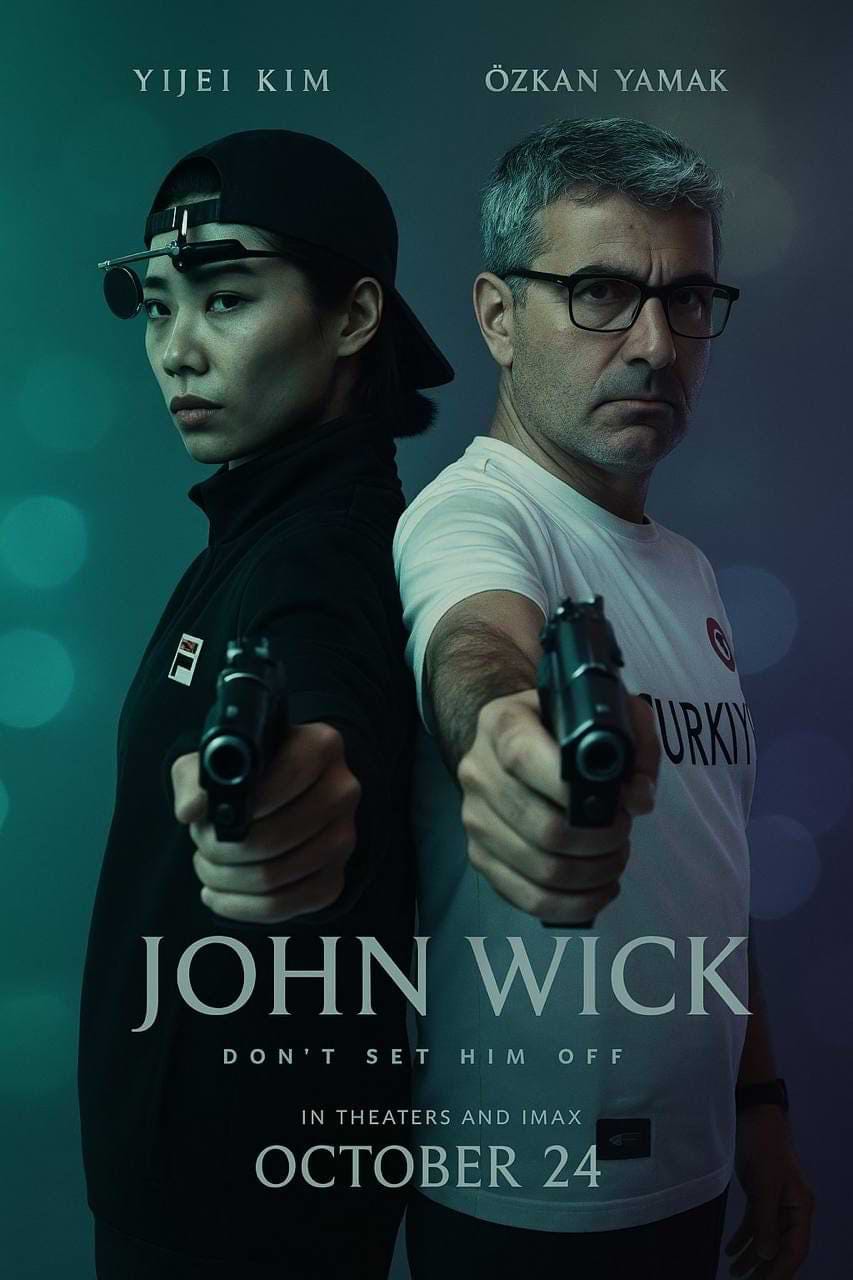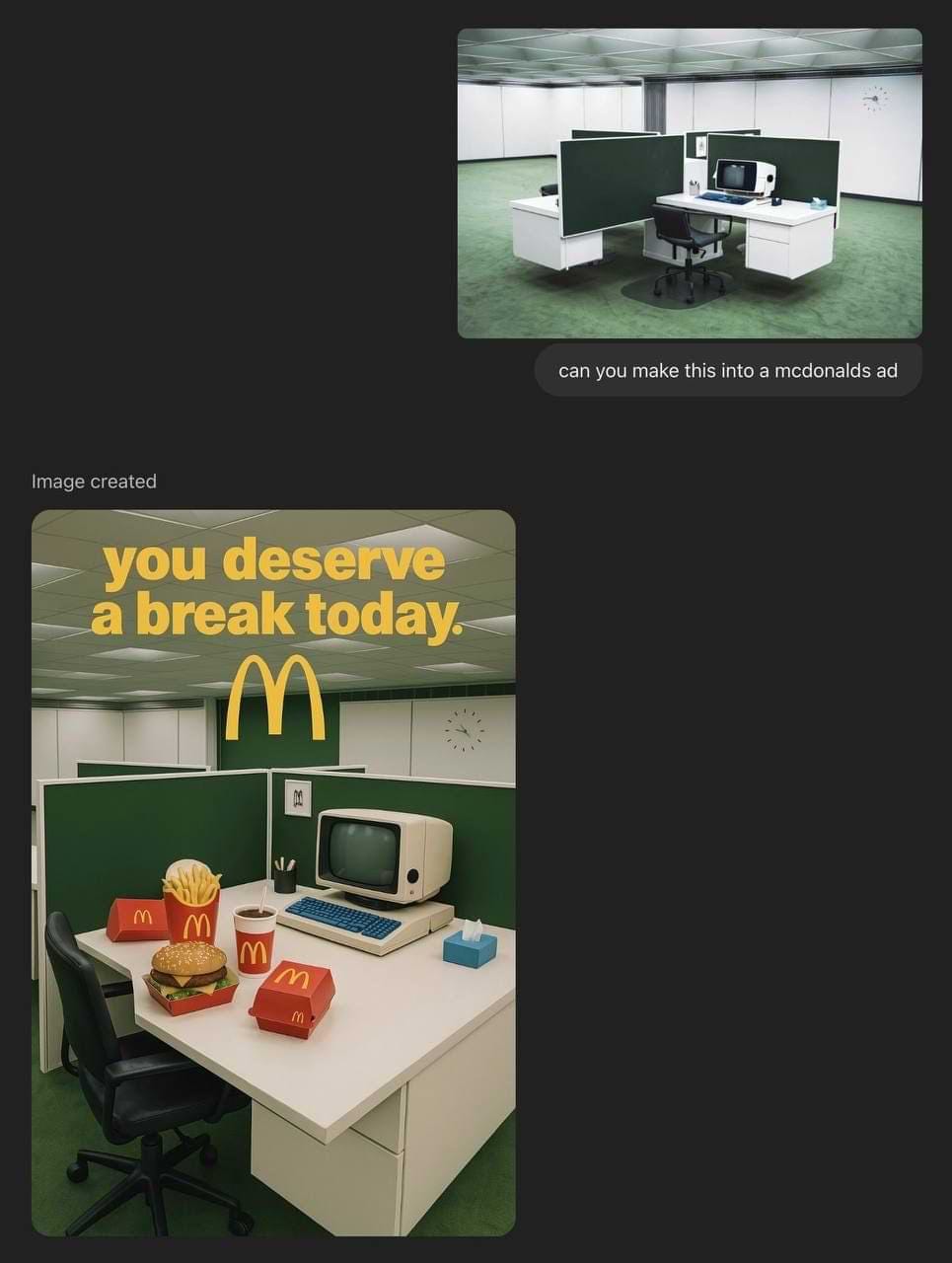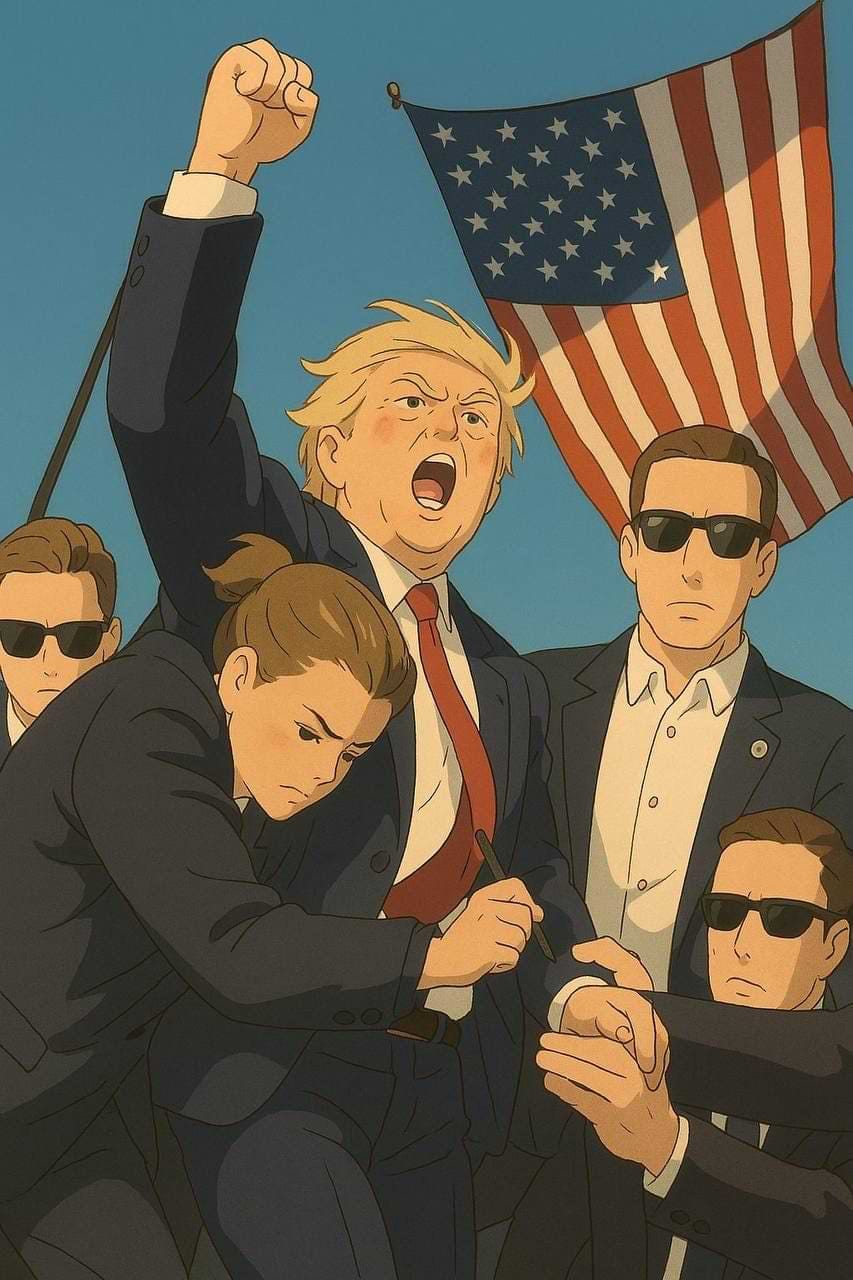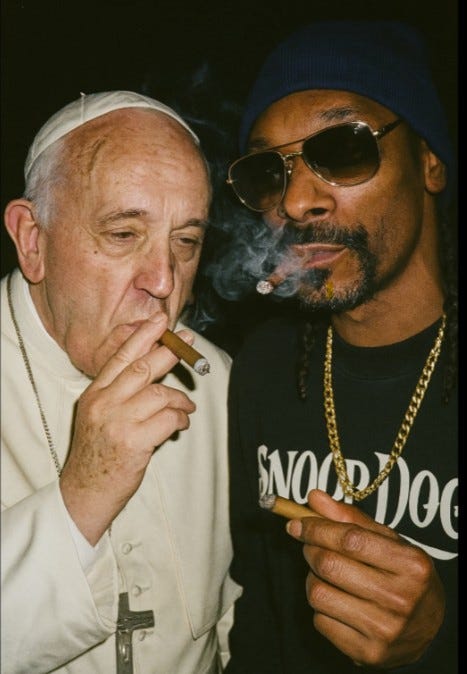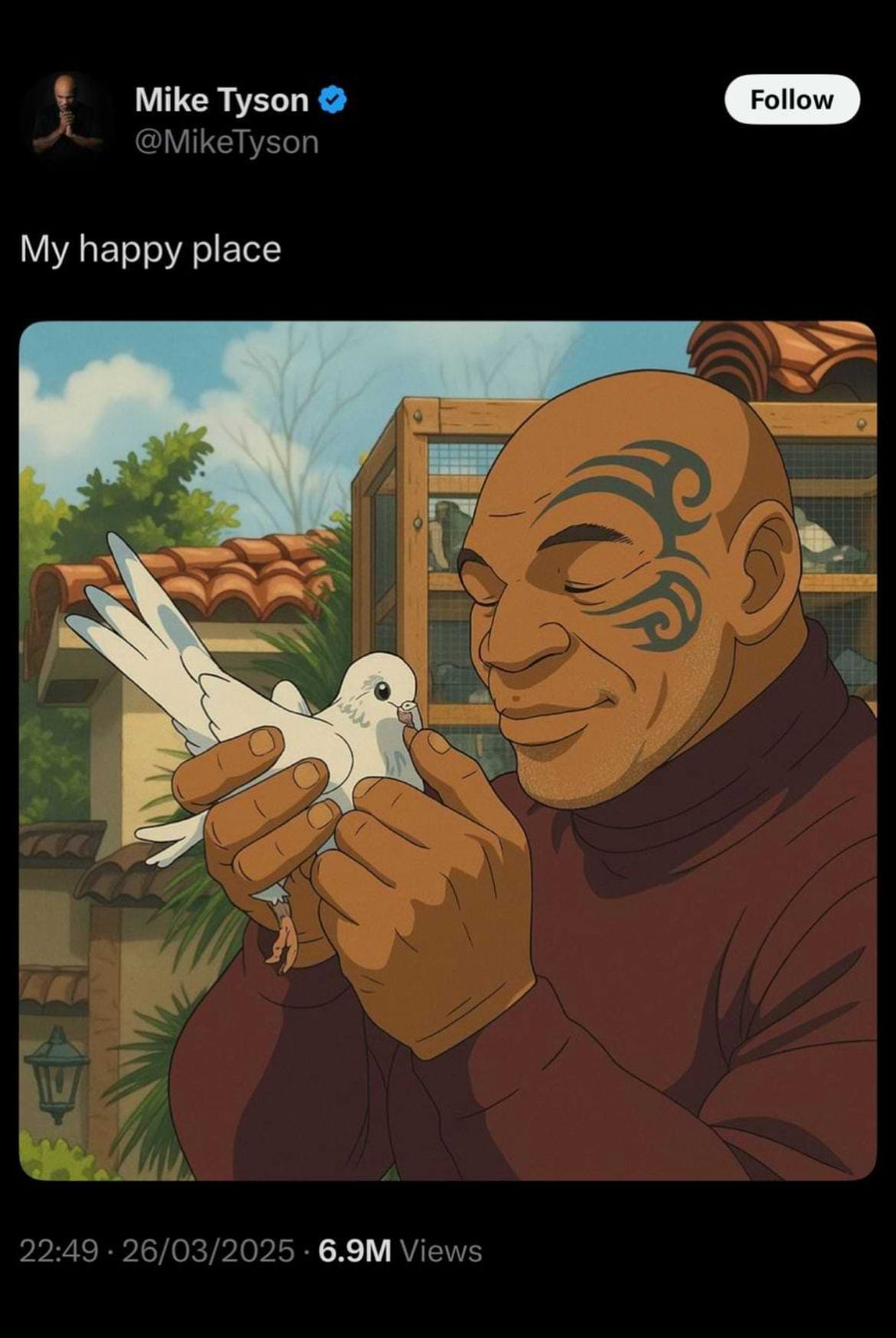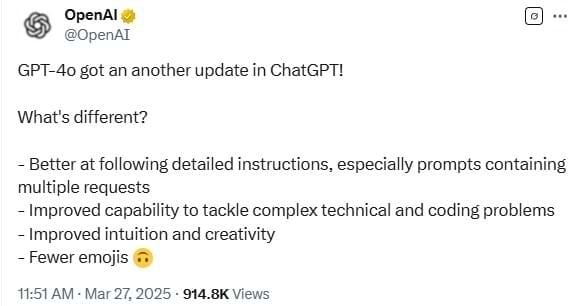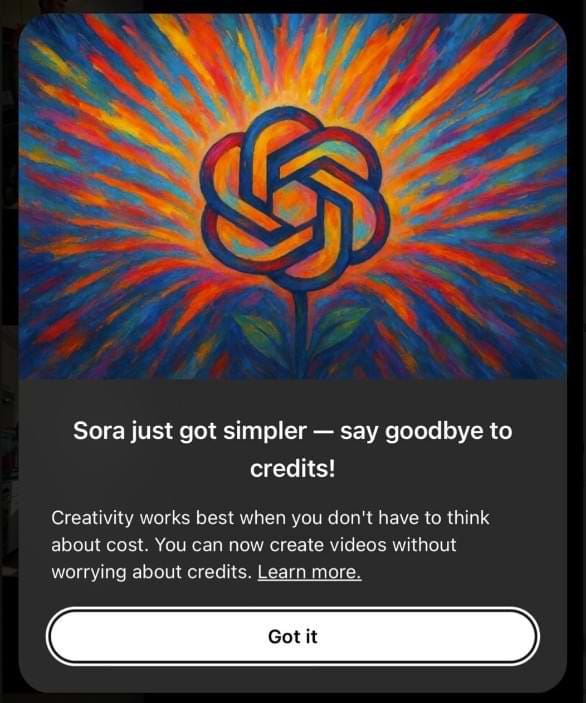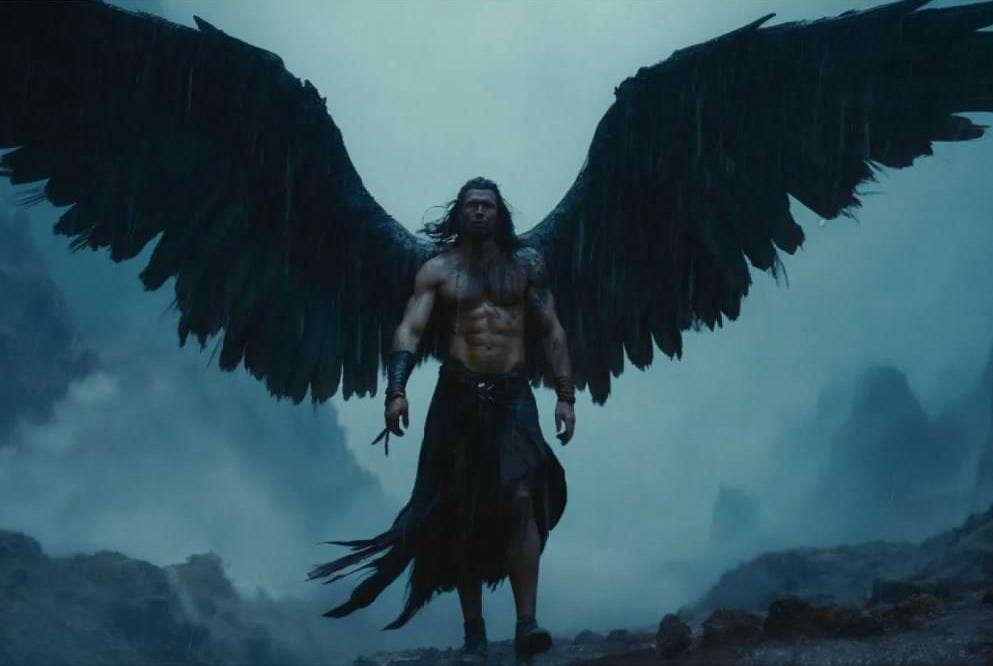I had a completely different topic planned for this week.
But then OpenAI dropped the best and most versatile image generation model we’ve seen to date.
And it’s a big deal, so we need to talk about it.
To be clear: generating images in ChatGPT isn’t new.
What’s changed—dramatically—is how ChatGPT generates them.
Before this update, when you prompted ChatGPT for images, your instructions were handed off behind the scenes to a separate AI model (DALL·E 3)—which often meant losing important details along the way.
The big change: For the first time, the same model that understands your instructions and remembers your conversation—GPT-4o—directly creates your visuals.
The result? Higher quality images, more accurate details and way more precise creative control.
I used it to turn a few photos of my sister and me into anime-style images (see 👇.)
I'm the little chubby one with the glasses on the right in this photo. 😁
What’s New, Improved, and Actually Useful
Less Lost in Translation: Because a single model now handles both your text and images, fewer of the subtle but important details from your instructions slip through the cracks. The result is visuals that more closely match your original vision.
Visuals that Remember Your Context: GPT-4o actively keeps track of details you’ve already shared—like visual style references, specific image descriptions, or instructions you provided earlier in the conversation. So, you won’t need to keep repeating yourself.
Image Editing & Transformation: Upload a visual and ask ChatGPT to add, remove, or modify details—like placing your product on a table or changing the background to a sunset—using an intuitive editing technique called "inpainting."
Professional-Level Customization: Specify exact hex codes to match your brand colors, request images with transparent backgrounds (ideal for logos or product mockups), and choose specific aspect ratios (square, widescreen, or vertical), ideal for targeted social platforms or presentations.
Accurate Text in Images: GPT-4o reliably creates clear and readable text directly within visuals—perfect for infographics, social graphics, comic-style images, memes, signs, menus or invitations. No more weird AI-generated gibberish.
Character and Brand Consistency: Designing campaigns, storyboards or a visual series? GPT‑4o maintains the appearance of characters, scenes, and visual branding across multiple images—critical for professional-quality creative storytelling and unified brand communication.
Understands Long, Detailed Prompts: No need to simplify or shorten your descriptions. GPT-4o effortlessly handles a full paragraph of instructions to capture your full vision.
Real Examples, Real Use Cases
1️⃣ It can handle a complex prompt with 16 different objects, correcting placing them in the layout.
2️⃣ A personalized movie poster—clearly borrowing from the John Wick visual playbook. From the font and color palette to the tagline and layout, it nails the tone.
3️⃣ Combine multiple elements into one stylized image—perfect for ads, lookbooks, or concept mockups.
Also great for exploring unlikely brand pairings. The copyline is on point because the model has contextual understanding of Severance’s themes and McDonald’s brand.
4️⃣ Need an explainer or educational visual? ChatGPT can generate full multi-panel infographics.
5️⃣ Need to turn a storyboard, sketch, or illustrations into photo-realistic visuals? It can do that too, all while keeping elements, layout, style and colors intact.
6️⃣ Visually arrange and style items—from gallery walls to product displays. ChatGPT can handle the layout, spacing, and aesthetic balance.
7️⃣ Turn iconic photos into anime or Ghibli-style images.
PJ Ace, a talented creator, even spent $250 in video generation credits and 9 hours of his time creating a Ghibli-style version of the new Lord of the Rings trailer using images from the new model as his base.
It is pretty incredible and has already amassed more than 5.2M views on Twitter. Check it out below.
These examples are just scratching the surface of what’s possible with ChatGPT’s new image generator.
If Daddy Elon hadn’t killed tweet embeds on Substack, I’d show even you more here. But alas.
Brands: I hope you’re paying attention. This is a cultural moment in motion.
What to Know Before You Start
It’s slower than most other AI image generators—but the results are worth the wait.
It’s not perfect (yet). You’ll usually need to generate 3+ images to get closer to your vision.
You can access it through ChatGPT or Sora if you’re on the Plus ($20/month) or Pro ($200/month) plan. Free users will get 3 generations per day soon.
On Sora, you can create up to 4 images at a time (for now).
Pro Tips for Better Results
1. Not getting what you want? Ask AI for help with your prompt.
Say something like:
“I’m including both the prompt and the image you created with it, but I want the image to be more [insert specific details]. Can you help me write a prompt that gets closer to my vision? Ask me anything you need to make it higher-performing.”
[Insert original prompt]. Attach image.
2. Spot a typo in your image? Use the Remix feature in Sora to fix it without having to start from scratch (see 👇).

So, What Can’t It Make?
According to OpenAI, the model is designed to give you creative freedom with responsible safeguards. (That’s their framing—not mine.)
Specifically, it:
Blocks sexually explicit, abusive, or violent image generation
Won’t generate child sexual abuse material or sexual deepfakes
Applies stricter rules around photorealistic depictions of real people
Attaches invisible metadata (C2PA) to clearly label AI-generated images
Will not remove watermarks
But there’s a major caveat...
⚠️ ChatGPT is capable of generating images of public figures.
This includes photorealistic, stylized or artistic renderings of recognizable people, even without image uploads.
Here are a few examples:
And while OpenAI says public figures can opt out…
They haven’t shared the actual process for doing that (yet).
I’ve asked them directly and will update you if/when I hear back.
Here’s the exact section from OpenAI’s system card outlining their policy.
If you or your client is a public figure looking to opt out, your best bet is to reach out directly at openai.com/contact or email support@openai.com.
That said, some public figures are already opting in.
Mike Tyson just posted this Ghibli-style image of himself holding a dove, captioned “My happy place.”
Another sign this is quickly turning into a cultural moment.
The internet is going to be a wild place, at least for the next few weeks.
What You Need to Know About AI This Week ⚡
Clickable links appear underlined in emails and in orange in the Substack app.
While OpenAI’s viral image model grabbed all the headlines, Google launched Gemini 2.5—its “most intelligent model” yet.
It outperforms rivals on complex math, science, and coding tasks, but access is currently limited to paid Gemini Advanced subscribers and developers via AI Studio, where I’ll be testing it this week.
⚖️ Anthropic wins the first round in its music copyright lawsuit.
A judge denied a request from music publishers to block Anthropic from training its AI on song lyrics. The court said the order would be too disruptive—and noted there’s no clear evidence the licensing market is being hurt.
It’s an early—but important—precedent in the fight over using copyrighted content to train AI.
OpenAI made some meaningful updates to its GPT-4o model including the ability to better follow complex directions and improved creativity. This made a big difference in the quality of my responses this week…
The company also dropped its credit system for Sora. All tiers now get unlimited generations. 🥳🥳🥳
Check here for additional details about features for each tier.
H&M is creating “digital twins” of 30 real models to use in AI-generated ads—letting them stay in control of their likeness, rather than be sidelined by it.
The models own their replicas and can license them to other brands—even competitors. Though the company admits it doesn’t yet know what it means for photographers, stylists, and others behind the scenes.
Google helped build the tech that powers ChatGPT—then watched from the sidelines as OpenAI stole the spotlight.
This WIRED inside look unpacks the fallout: culture wars, layoffs, safety compromises, messy product rollouts, and a company scrambling under intense pressure to make Gemini, its AI model, good enough to save face.
It’s a long read, but well worth it.
Tech analyst Ben Thompson sat down with OpenAI CEO Sam Altman for an in-depth interview.
When Thompson pressed him on advertising as part of the business model, Altman said:
“I am more excited to figure out how we can charge people a lot of money for a really great automated software engineer or other kind of agent than I am making some number of dimes with an advertising-based model.”
This is another long one that’s worth the read—bookmark it for your weekend coffee.
Meta is testing AI-generated comment suggestions on Instagram. 🤮
🎬 Andor creator Tony Gilroy had a full archive of scripts and concept art ready to release as a free resource for fans—until he realized it could end up training AI models, and scrapped the idea.
As he put it: “why help the fucking robots more than you can?”
One of the first serious uses of gen AI in a major production, and it’s worth a closer look.
Amazon’s House of David used generative AI in 73 VFX shots—including an ambitious Goliath origin sequence that would’ve taken months using traditional methods.
But this wasn’t a case of using AI for AI’s sake, but to strategically level up what they could pull off.
Artists combined tools like Midjourney, Runway, Topaz, and Kling with traditional VFX workflows.
They used AI to enhance assets they already owned—not generate scenes from scratch.
The result: faster iterations, photoreal sequences, and enough budget headroom to push the visuals further.
This isn’t groundbreaking. But it’s a sign that generative AI is starting to earn its place in the production pipeline—for reasons that actually make sense.
In case you missed last week’s edition, you can find it 👇:
🤓 This Week in AI
AI search is quietly becoming the most powerful gatekeeper of our personal brands and professional reputations.
That's all for this week.
I’ll see you next Friday. Thoughts, feedback and questions are always welcome and much appreciated. Shoot me a note at avi@joinsavvyavi.com.
Stay curious,
Avi
💙💙💙 P.S. A huge thank you to my paid subscribers and those of you who share this newsletter with curious friends and coworkers. It takes me about 25+ hours each week to research, curate, simplify the complex, and write this newsletter. So, your support means the world to me, as it helps me make this process sustainable (almost 😄).




